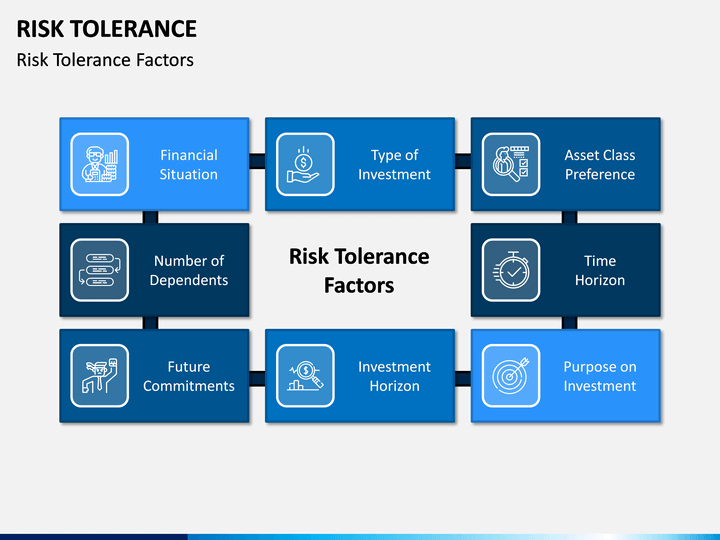
Rother, in Encyclopedia of Environmental Health (Second Edition), 2019 Pesticide Risk Perceptions Many of these determinants are influenced by past personal experiences. Furthermore, if something is thought to have dubious or disproportionate benefits, it may be viewed suspiciously and as unacceptable. Cancer is a classic example of a dreaded outcome among the public. If something is perceived as involving pain or suffering (i.e., dread), it will be viewed as more risky. These include whether or not dread is associated with the chemical and whether benefits have been clearly articulated. Several other factors can sway the perception of risk as well. A classic example of this pattern is the popularity of herbal remedies among many people who tend to be otherwise risk averse of chemicals and despite the lack of regulation for these products. A general perception is that synthetic products are more hazardous compared with natural products. Whether a substance is derived from natural or synthetic sources can influence how risk is perceived among different substances. In contrast, personal application of the same pesticide in the yard may be viewed as less risky, since it is a willing activity that has personal benefits (see Pesticides).

As an example, a community may view mandatory aerial insecticide applications for vector control as posing an unacceptable risk, even if the benefits of disease prevention are highlighted. If an action or exposure is involuntary, it tends to be viewed as more risky to affected parties compared with actions that are voluntary. Furthermore, the public tends to overestimate the risks of rare events, such as airplane crashes, and underestimate the risk of common events, such as pedestrian accidents. As an example, the public may be more concerned about genetically modified food compared with experts as a result of their unfamiliarity with basic concepts of DNA and genetic engineering. Unfamiliar concepts or chemicals tend to be viewed with more risk compared with other issues that are common and familiar. In these cases, objective third parties can help build trust and influence the perception of risk.įamiliarity with an issue is another critical factor in how risky a chemical or exposure is perceived to be. In some situations, trust may be difficult to obtain due to past history, organizational affiliation, and other issues. Toxicology is a complex discipline with inherent uncertainty, which can contribute to suspicion among the public when messages are conveyed by toxicologists. The delivery of accurate and transparent information is a critical element of gaining trust. Trust between experts and the public is dependent upon effective risk communication ( see Risk Communication).

If the recipient of a message does not trust the source, it is likely that the message will not be believed. There are several determinants that influence risk perception. Stone, in Encyclopedia of Toxicology (Third Edition), 2014 Determinants of Risk Perception


 0 kommentar(er)
0 kommentar(er)
